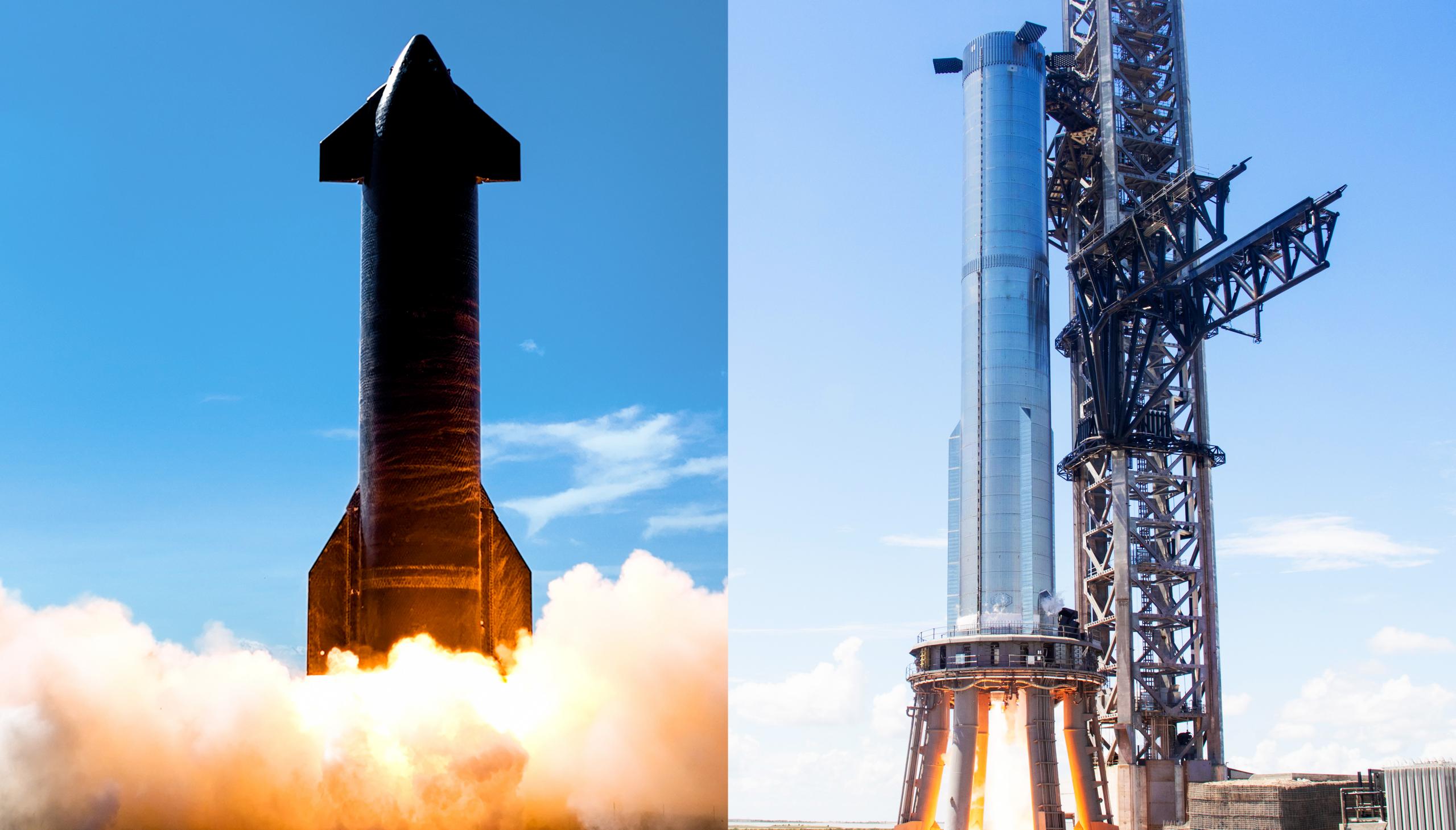
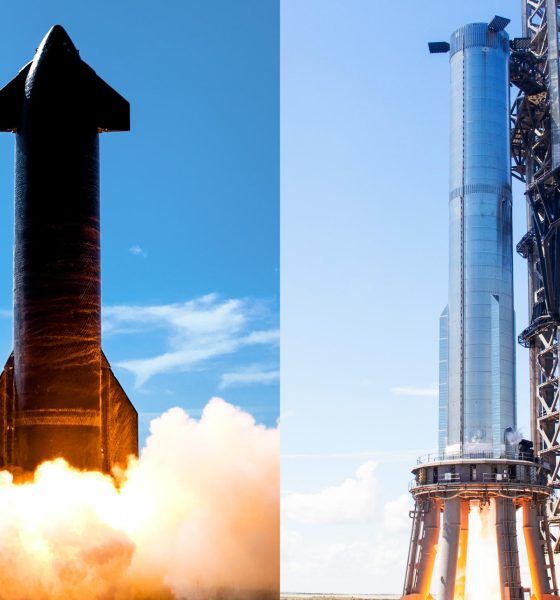
News
SpaceX’s first orbital Starship launch “highly likely” in November, says Elon Musk
CEO Elon Musk says that it’s “highly likely” SpaceX will be ready to attempt its first orbital Starship launch in November 2022, and possibly as early as late October. But many major hurdles remain.
Adding to a welcome burst of insight into SpaceX’s fully-reusable Starship rocket program, Musk took to Twitter on September 21st to provide a bit more specific insight into the company’s next steps towards a crucial orbital launch debut. On September 19th, the CEO revealed that SpaceX would roll the Starship booster (B7) currently assigned to that debut back to the factory for mysterious “robustness upgrades” – an unexpected move right after a seemingly successful and record-breaking static fire test.
Two days later, Musk has indicated that those upgrades might involve fortifying Super Heavy Booster 7’s thrust section to ensure it can survive Raptor engine failures. With 33 Raptor V2 engines powering it and plenty of evidence that those Raptors are far from perfect reliability, the concern is understandable, even if the response is a bit different than SpaceX’s norm.
Prior to the start of preparations for Starship’s orbital launch debut, SpaceX sped through Starship development like it wanted to destroy as many rockets as possible – which, to some extent, it did. Rather than spend 6-12 months fiddling with the same few prototypes without a single launch attempt, SpaceX churned out Starships and test articles and aggressively tested them. A few times, SpaceX pushed a little too hard and made avoidable mistakes, but most of the failures produced large amounts of data that was then used to improve future vehicles.
The holy grail of that project was high-altitude Starship flight testing, which saw SpaceX finish, test, and launch a new Starship five times in six months, and culminated in the first fully successful high-altitude Starship launch and landing in May 2021.
In comparison, SpaceX’s orbital flight test preparations have been almost unrecognizable. While a good amount of progress has been made in the 16 months since SN15’s successful launch and landing, it’s clear that SpaceX has decided against taking significant risks. After spending more than six months slowly finishing and testing Super Heavy Booster 4 and Starship 20, the first orbital-class pair, SpaceX never even attempted a single Booster 4 static fire and unceremoniously retired both prototypes without attempting to fly either.
Without info from Musk or SpaceX, we may never know why SpaceX stood down B4 and S20, or why the company appears to have revised its development approach to be a bit more conservative after clearly demonstrating the efficacy of moving fast and taking big risks. It’s possible that winning a $3 billion contract that places Starship front and center in NASA’s attempt to return astronauts to the Moon has encouraged a more careful approach. SpaceX won that contract in April 2021.
Even in its more cautious third phase, Starship development is still extraordinarily hardware-rich, moving quickly, and uncovering many problems on the ground in lieu of learning from flight tests. But that doesn’t change the fact that the third phase of Starship development (H2 2021 – today) is proceeding more carefully than the first (Q4 2018 to Q4 2019) and second (Q1 2020 – Q2 2021) phases.
Nonetheless, SpaceX appears to finally be getting closer to Starship’s first orbital launch. According to Musk, the company could be ready for the first launch attempt as early as late October, but a November attempt is “highly likely.” He believes that SpaceX will have two pairs of orbital-class Starships and Super Heavy boosters (B7/S24; B8/S25) “ready for orbital flight by then,” potentially enabling a rapid return to flight after the first attempt. Musk is also excited about Super Heavy Booster 9, which has “many design changes” and a thrust section that will fully isolate all 33 Raptors from each other – crucial for preventing the failure of one engine from damaging others.
Meanwhile, as Musk forecasted, Super Heavy Booster 8 rolled to the launch pad on September 19th and will likely be proof tested in the near future while Booster 7 is upgraded back at the factory.
Encouraging as that may be, history has shown that reality – particularly when it involves Starship’s orbital launch debut – can be quite a bit different than the pictures Elon Musk paints. In September 2021, for example, Musk predicted that SpaceX would conduct the first Super Heavy static fire at Starbase’s orbital launch pad later that month. In reality, that crucial test occurred 11 months later (August 9th, 2022) and used an entirely different booster.
This is to say that significant progress has been made in the last few months, but SpaceX has a huge amount of work left, almost all of which lies in uncharted terrain. Starship 24, which completed its first six-engine static fire earlier this month, is currently undergoing strange modifications that seem to imply that the upper stage is not living up to SpaceX’s expectations. It’s unclear if additional testing will be required.
Super Heavy B7 is headed back to the factory for additional work after a successful seven-Raptor static fire. Once it returns to the pad, the sequencing isn’t clear, but SpaceX will need to complete the first full Super Heavy wet dress rehearsal (fully loading the booster with thousands of tons of flammable propellant) and the first full 33-Raptor static fire. It remains to be seen if SpaceX will continue its conservative approach (i.e. testing one, three, and seven engines over six weeks) or jump straight from seven- to 33-engine testing.
It’s also unclear where Ship 24 fits into that picture. SpaceX will eventually need to (or should) conduct a full wet dress rehearsal of the fully stacked Starship and may even want to attempt a 33-engine static fire with that fully-fueled two-stage vehicle to truly test the rocket under the same conditions it will launch under. Will SpaceX fully stack B7 and S24 as soon as the booster returns to the pad, risking a potentially flightworthy Starship during the riskiest Super Heavy tests yet?
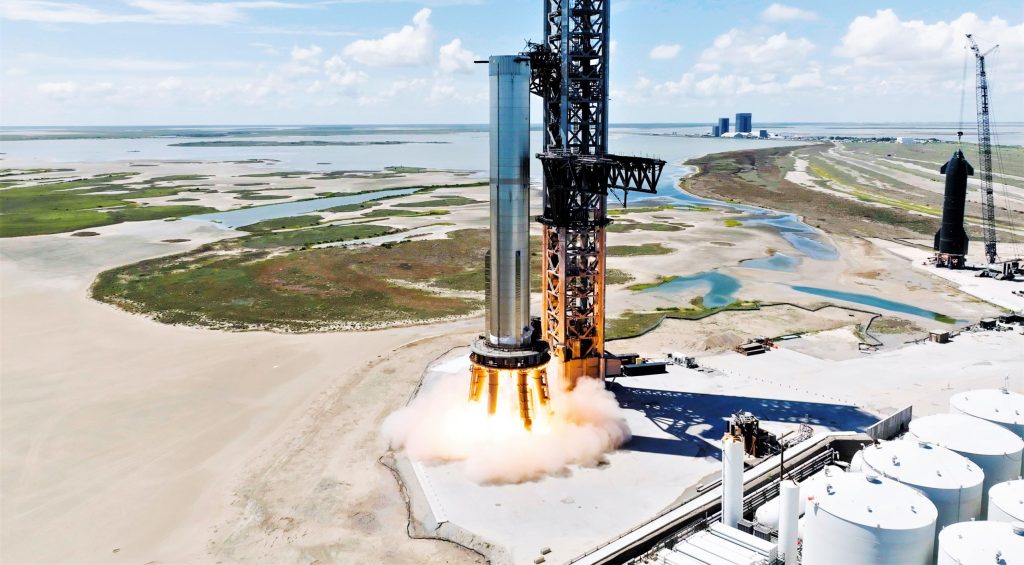
SpaceX’s last year of activity suggests that the company will choose caution and conduct wet dress rehearsals and 33-engine static fires before and after stacking, potentially doubling the amount of testing required. One or several more tests will also be required if SpaceX decides to gradually build up to 33 engines, which is the approach that all Booster 7 activity to date suggests SpaceX will take.
Either way, it will be a major challenge for SpaceX to have a fully-stacked Starship ready to launch by the end of November. If any significant problems arise during any of the several unprecedented tests described above, Musk’s predicted schedule will likely become impossible. As a wildcard, the Federal Aviation Administration (FAA) has yet to issue SpaceX a license or experimental permit for orbital Starship launches, either of which is contingent upon dozens of “mitigations.”
This isn’t to say that it’s impossible for an orbital Starship launch attempt to occur in November. But factoring in the many issues Booster 7 and Ship 24 have experienced during much simpler tests, it’s becoming increasingly implausible that SpaceX will be ready to launch the pair before the end of 2022. Stay tuned.

News
Tesla’s new Holiday perk is timed perfectly to make FSD a household name
Tesla AI4 owners get FSD (Supervised) through Christmas, New Year’s Eve and well into the post-holiday travel season.
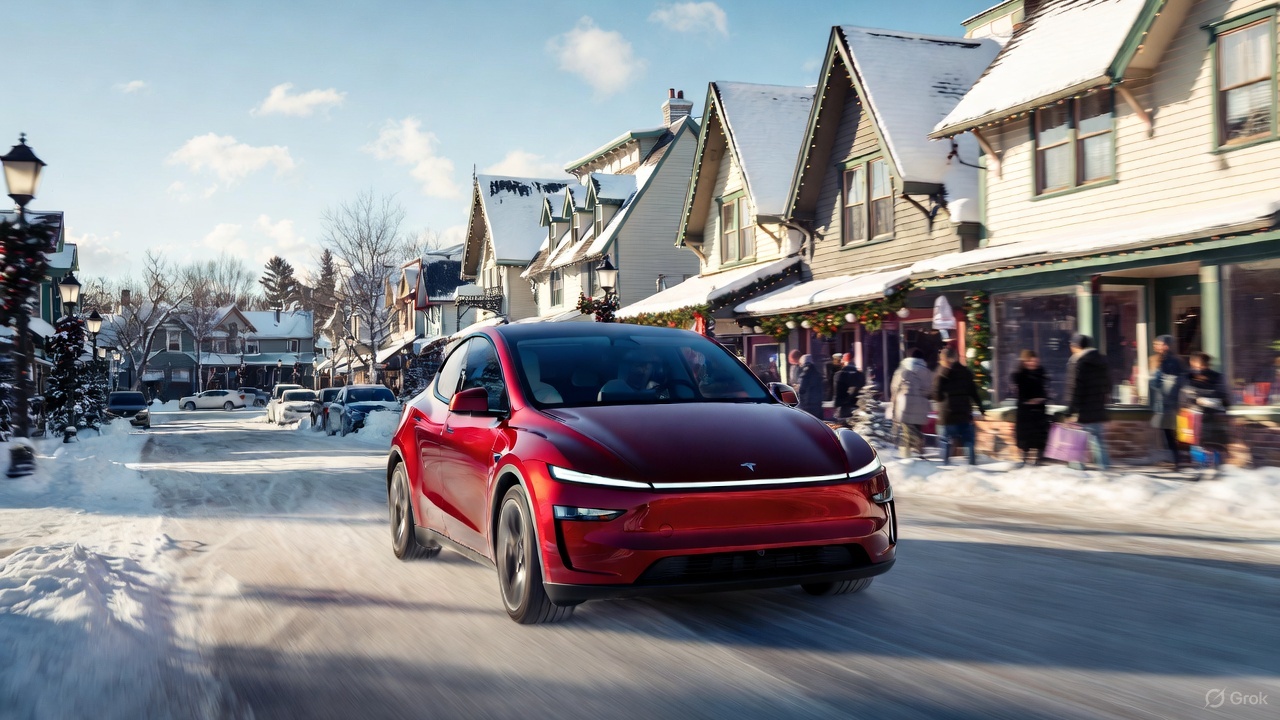
Tesla quietly rolled out a free Full Self-Driving (Supervised) trial for roughly 1.5 million HW4 owners in North America who never bought the package, and the timing could very well be genius.
As it turns out, the trial doesn’t end after 30 days. Instead, it expires January 8, 2026, meaning owners get FSD (Supervised) through Christmas, New Year’s Eve and well into the post-holiday travel season. This extended window positions the feature for maximum word-of-mouth exposure.
A clever holiday gift
Tesla watcher Sawyer Merritt first spotted the detail after multiple owners shared screenshots showing the trial expiring on January 8. He confirmed with affected users that none had active FSD subscriptions before the rollout. He also observed that Tesla never called the promotion a “30-day trial,” as the in-car message simply reads “You’re Getting FSD (Supervised) For the Holidays,” which technically runs until after the new year.
The roughly 40-day period covers peak family travel and gatherings, giving owners ample opportunity to showcase the latest FSD V14’s capabilities on highway trips, crowded parking lots and neighborhood drives. With relatives riding along, hands-off highway driving and automatic lane changes could become instant conversation starters.
Rave reviews for FSD V14 highlight demo potential
FSD has been receiving positive reviews from users as of late. Following the release of FSD v14.2.1, numerous owners praised the update for its smoothness and reliability. Tesla owner @LactoseLunatic called it a “huge leap forward from version 14.1.4,” praising extreme smoothness, snappy lane changes and assertive yet safe behavior that allows relaxed monitoring.
Another Tesla owner, @DevinOlsenn, drove 600 km without disengagements, noting his wife now defaults to FSD for daily use due to its refined feel. Sawyer Merritt also tested FSD V14.2.1 in snow on unplowed New Hampshire roads, and the system stayed extra cautious without hesitation. Longtime FSD tester Chuck Cook highlighted improved sign recognition in school zones, showing better dynamic awareness. These reports of fewer interventions and a more “sentient” drive could turn family passengers into advocates, fueling subscriptions come January.
Elon Musk
Elon Musk predicts AI and robotics could make work “optional” within 20 years
Speaking on entrepreneur Nikhil Kamath’s podcast, Musk predicted that machines will soon handle most forms of labor, leaving humans to work only if they choose to.
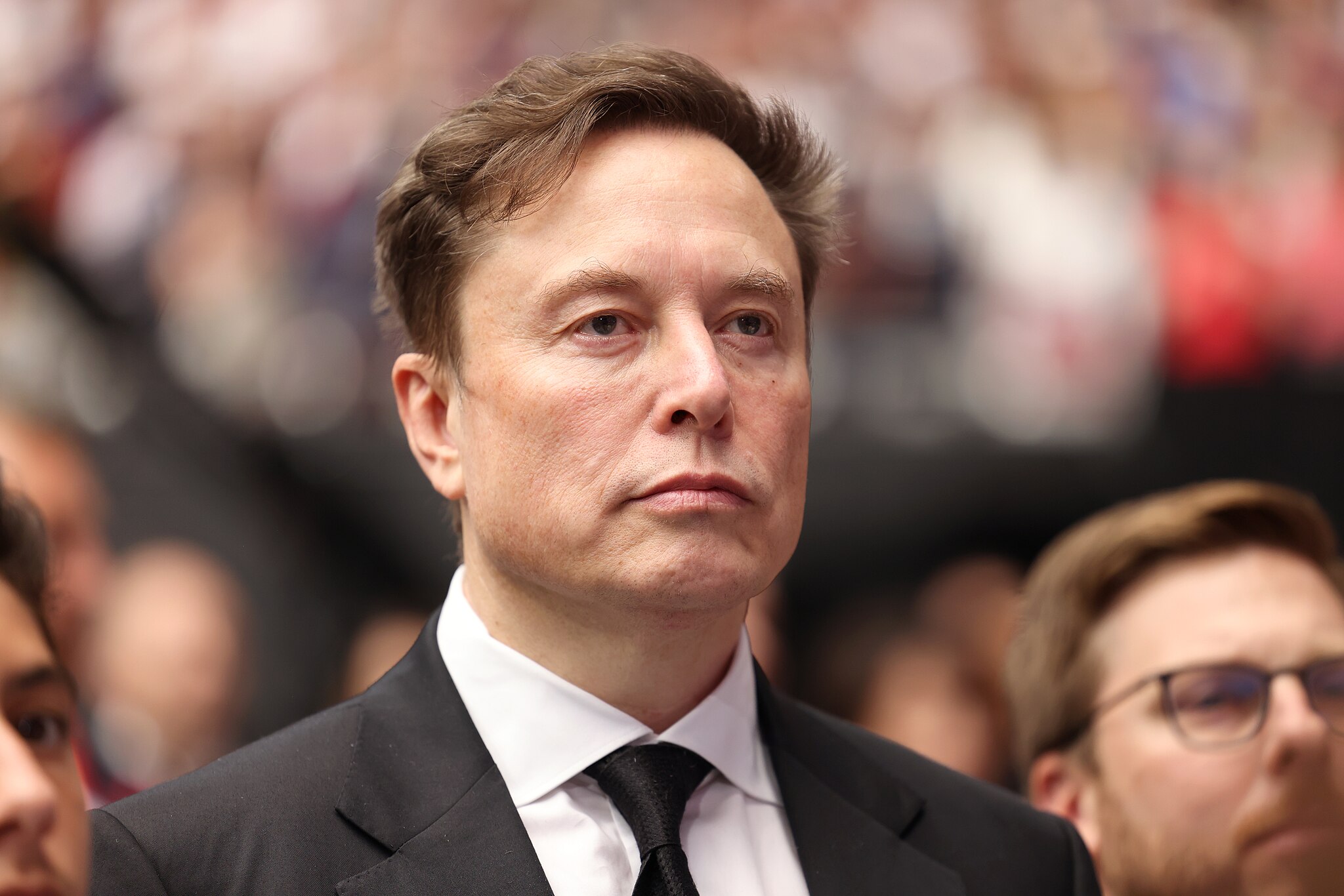
Elon Musk stated that rapid advances in artificial intelligence and robotics could make traditional work unnecessary within two decades.
Speaking on entrepreneur Nikhil Kamath’s podcast, Musk predicted that machines will soon handle most forms of labor, leaving humans to work only if they choose to.
Work as a “hobby”
During the discussion, Musk said the accelerating capability of AI systems and general-purpose robots will eventually cover all essential tasks, making human labor a choice rather than an economic requirement. “In less than 20 years, working will be optional. Working at all will be optional. Like a hobby,” Musk said.
When Kamath asked whether this future is driven by massive productivity growth, Musk agreed, noting that people will still be free to work if they enjoy the routine or the challenge. He compared future employment to home gardening, as it is something people can still do for personal satisfaction even if buying food from a store is far easier.
“Optional” work in the future
Elon Musk acknowledged the boldness of his claim and joked that people might look back in 20 years and say he was wrong. That being said, the CEO noted that such a scenario could even happen sooner than his prediction, at least if one were to consider the pace of the advancements in AI and robotics.
“Obviously people can play this back in 20 years and say, ‘Look, Elon made this ridiculous prediction and it’s not true,’ but I think it will turn out to be true, that in less than 20 years, maybe even as little as ten or 15 years, the advancements in AI and robotics will bring us to the point where working is optional,” Musk said.
Elon Musk’s comments echo his previous sentiments at Tesla’s 2025 Annual Shareholder Meeting, where he noted that Optimus could ultimately eliminate poverty. He also noted that robots like Optimus could eventually provide people worldwide with the best medical care.
Elon Musk
Elon Musk reiterates why Tesla will never make an electric motorcycle
Tesla CEO Elon Musk preemptively shut down speculations about a Tesla road bike once more.
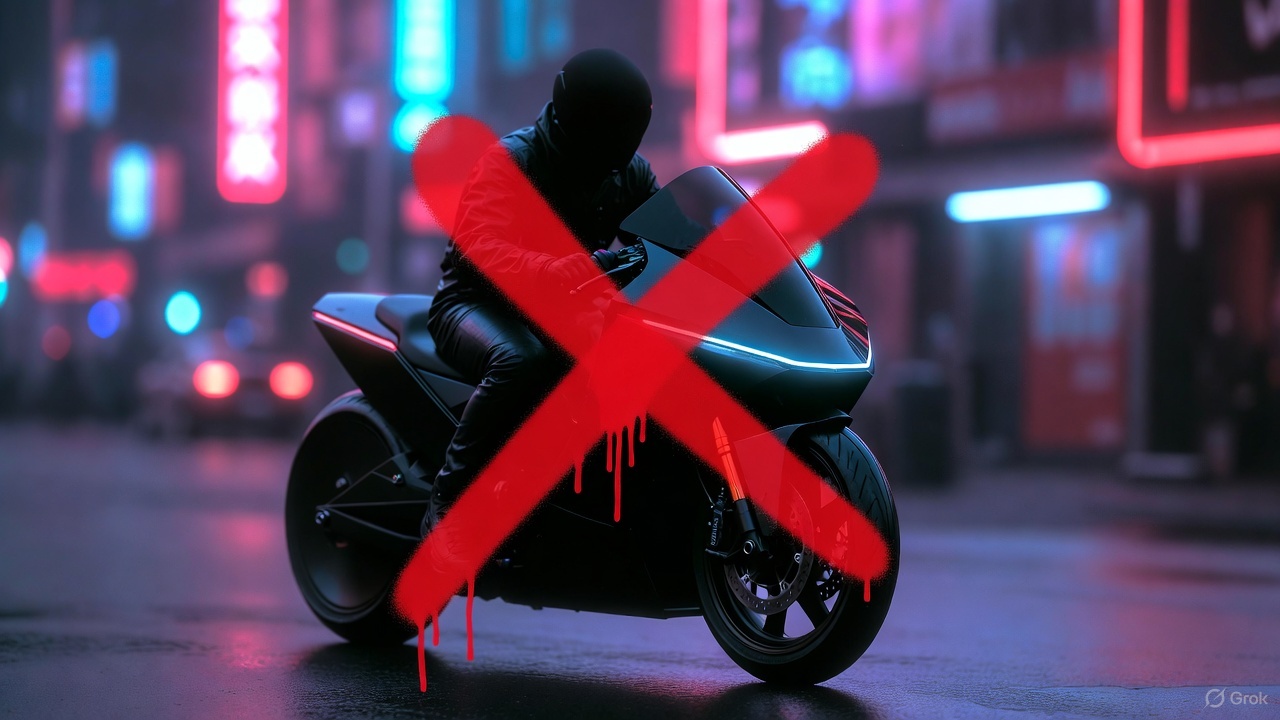
Tesla CEO Elon Musk preemptively shut down speculations about a Tesla road bike once more, highlighting that the electric vehicle maker has no plans to enter the electric motorcycle market.
Musk posted his clarification in a post on X.
Musk’s reply to a fun AI video
X user @Moandbhr posted an AI video featuring the Tesla CEO on the social media platform, captioning it with “Mr. Elon Musk Just Revealed the Game-Changing Tesla Motorcycle.” The short clip depicted Musk approaching a sleek, single-wheeled vehicle, stepping onto it, and gliding off into the distance amid cheers. The fun video received a lot of traction on X, gaining 3.1 million views as of writing.
Musk replied to the post, stating that a Tesla motorcycle is not going to happen. “Never happening, as we can’t make motorcycles safe. For Community Notes, my near death experience was on a road bike. Dirt bikes are safe if you ride carefully, as you can’t be smashed by a truck,” Musk wrote in his reply.
Musk’s Past Comments on Two-Wheelers
Musk also detailed his reservations about motorcycles in a December 2019 X post while responding to questions about Tesla’s potential ATV. At the time, he responded positively to an electric ATV, though he also opposed the idea of a Tesla road-going motorcycle. Musk did state that electric dirt bikes might be cool, since they do not operate in areas where large vehicles like Class 8 trucks are present.
“Electric dirt bikes would be cool too. We won’t do road bikes, as too dangerous. I was hit by a truck & almost died on one when I was 17,” Musk wrote in his post.
Considering Musk’s comments about dirt bikes, however, perhaps Tesla would eventually offer a road bike as a recreational vehicle. Such a two-wheeler would be a good fit for the Cybertruck, as well as future products like the Robovan, which could be converted into an RV.









